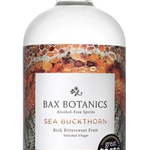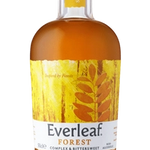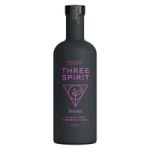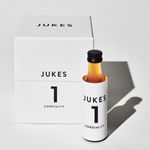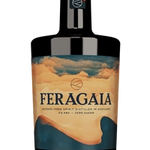
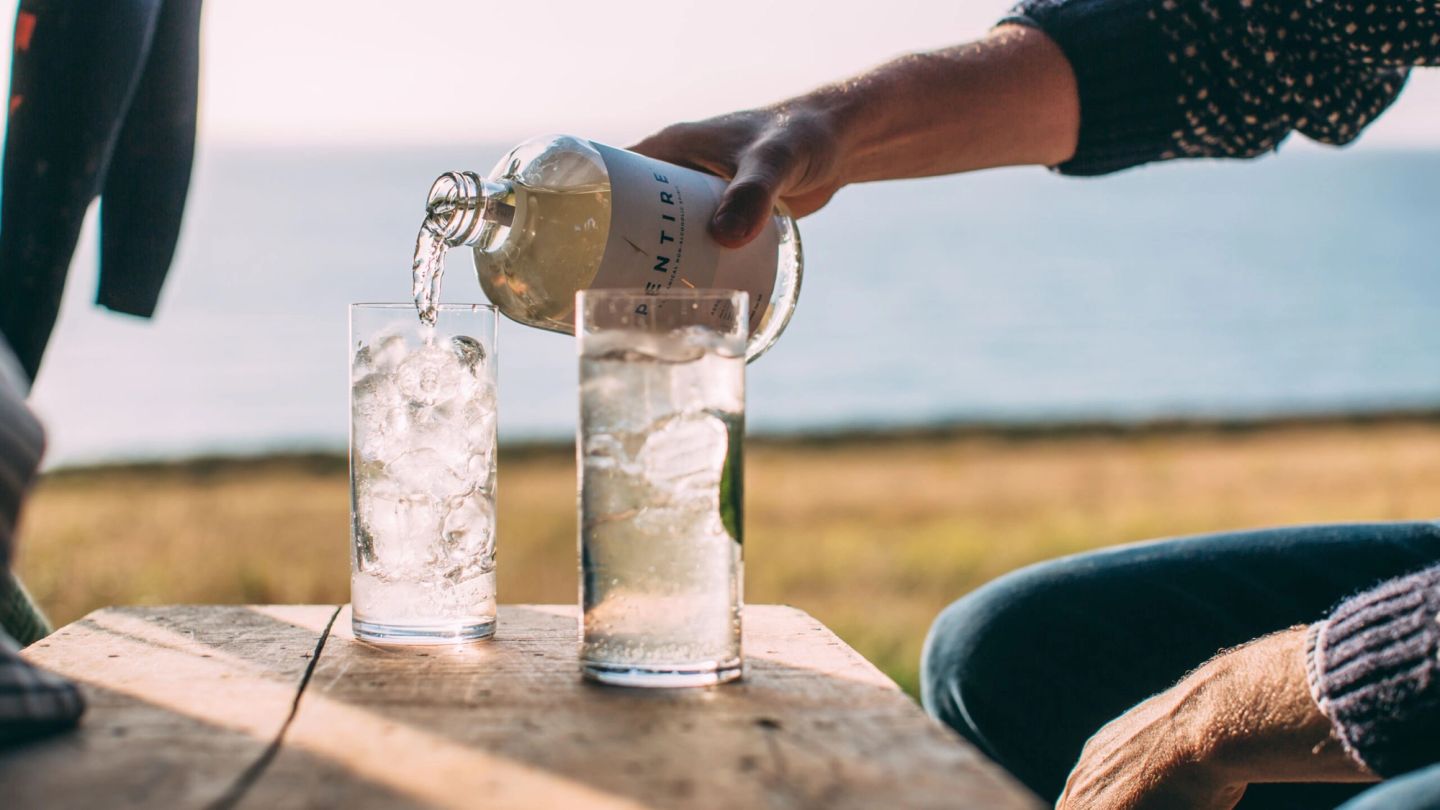
What makes a good alcohol free spirit?
The 'nolo' bubble grows and grows. But, in this burgeoning market, how can we sort the wheat from the chaff?
Words: Josh Lee
If you spent pre-Covid Fridays recoiling at the liquorice-y smack of sambuca shots while swaying under the violent thrum of strobe lights; woke up the next morning with a killing floor for a head; can no longer feign an appetite for a banal quarantini conference call; or have decided to jettison some lockdown timber, then you may have, by now, found yourself circumventing the miasma and pitfalls of alcohol.
Today, the “nolo” (no and low alcohol) tipple has reached its zenith, with wine wannabes and arcane elixirs underscoring that the ache for alt-drinks knows no bounds. Far from being equated to a staid soda and lime, or the bog water that is the zero-percent beer, abstinence has become exciting, at least when it comes to the options now at hand.
But, in this new consumer gold rush, it may be difficult to decipher which NA bottles are worth your cabinet space, and which should be slung down the drain. Below, to keep your teetotal tastebuds in the know, we provide the score on what you should be looking for in imitation spirits and the like, how various makers approach creating their products, and which options are the best to consider.
There are plenty of reasons why alcohol alternatives have gained traction. There are health or religious factors to consider. Being sober, the designated driver, pregnant or concerned about finances also play their part. As mentioned above, you may want to nix the reprobate life. The societal pressure of drinking is no longer present, given stay-at-home rules in many countries. And, as provocative as it may sound, there is just a demand for complex, layered drinks without the hazy, heady effects.
One indication of the migration away from drinking is that 6.5 million people participated in the latest Dry January – 2.6 million more than in the previous year – according to Alcohol Change UK, the charity behind the social phenomenon.
Moreover, big brands have cashed in on the trend: the likes of Peroni and Budweiser proffer zero-percent options; Guinness, following a cack-handed launch last November, will soon release a ‘0.0’ iteration. And, if you’re the type of person who has a flat-white lifestyle, pedals a single-gear and has at least five French-blue worker jackets, you’ll have noticed that your favourite IPA now shares shelf space with the likes of Seedlip and other small-batch, ‘artisanal’ makers.
What makes a good non-alcoholic drink?
Although taste is subjective and variable, alcohol-free products, by and large, should balance components the same way that a good, boozier sibling offers, mixing elements, such as sweetness, savouriness, acidity and bitterness, perfectly. “I can count on one hand all the NA products I have tasted and actually like, and the few that I do like all balances flavour, texture and mouthfeel well,” says Monica Berg, who co-runs celebrated east London cocktail haunt Tayēr + Elementary.
Allen Hemberger, co-author of Zero: A New Approach To Non-Alcoholic Drinks, an essential tome from the group behind the seminal Chicago restaurant Alinea, agrees, adding that a “good drink” should be like a “good dish”. “Our chefs are fond of saying ‘flavour is flavour’, and reason that if flavours work well together in solid form, they are likely – with some amount of abstraction – to work well together in liquid form, too.”
Once the components are balanced, Hemberger then recommends a focus on specific flavours: “It’s often the case that our chefs think of flavour and balance independently: vanilla, for example, is not sweet in and of itself. Yet, because it is so often used in sweet foods, people often associate it with sweetness. If we choose to include vanilla in a drink, then, we need to also be mindful of addressing – or deliberately violating – the guest’s expectation of sweetness.”
Pentire’s blend draws upon indigenous plants found in north Cornwall’s craggy headlands.
In a hospitality setting, presentation and context should also be considered. Will guests be consuming the drink in a white-tablecloth establishment, or will it be in a whimsical cocktail bar? Will it complement the food, or be sipped on its own? “Empathising with the experience of the guest is an ‘ingredient’ we think deeply about when designing our recipes,” says Hemberger.
There is also the issue of texture. Mocktails, for example, fail to imitate the viscous, sometimes choppy feel of spirits and wines. The likes of Everleaf (more below) use ingredients, namely seaweeds, to replicate the effect.
But, perhaps most importantly, a good zero-percent alternative will utilise ingredients to resemble the burn and bitterness that alcohol provides, characteristics which add maturity and complexity to libations, forcing the drinker to slow down. “Producers want to make the drinker think — even if the drinker doesn’t drink,” writes Julia Bainbridge, for the New York Times. Gentian, a herb used for treating digestion problems, is widely used to carry out this role.
What makes a bad non-alcoholic drink?
Like a lot of movements that gather popularity – hygge throws, plant-based ribeyes, gin-flavoured teas and tea-flavoured gins – the market soon becomes thronged with slick logos and quippy taglines, making it hard to decipher the actually good from the unoriginal. “I think whenever your marketing department get’s too much power over production, it’s generally the beginning of something that, sadly, more often than not, results in bad decisions and bad products,” says Berg. “What many of the NA products seem to forget, is that this is a product that should be enjoyable to drink, and more important than trendy design is actual flavour, aroma and texture.”
Hemberger reverts back to the taste factor. “Drinks that are crafted without balance – for whatever reason – are likely to be unsatisfying and perhaps fall short of their full potential,” he says. “It’s easy to presume that rendering a drink non-alcoholic is as simple as removing the booze, but booze itself adds critical balance and complexity to a drink. If it is simply removed, its role in a drink needs to be studied and then replaced effectively. This doesn’t necessarily mean coming up with a ‘non-alcoholic clone’ of a spirit”.
Bax Botanics, photography by Joanne Crawford
Is alcohol-free here to stay?
Berg believes that the onus is on the industry itself. “From my understanding, the majority of the drinkers of NA products are consumers who want an occasional alternative to having a drink, whilst the big potential would be to recruit from the large amount of non-alcohol drinkers,” she says. “I imagine therein lies the utopia for many NA brands. I also think communication and messaging needs to clean up, because some of the marketing fluff is very misleading towards consumers in regards to being a non-alcoholic ‘distilled spirit’. If non-alcoholic truly has such great potential, then let’s call a spade a spade and leave ‘distilled spirits’ alone.”
Hemberger hopes that interest in the industry, especially on the makers’ side, will blossom: “Our chefs will be the first to say that none of us have it all figured out; there’s a tonne of space to explore, and we look forward to seeing this art grow in the coming years.”
Bax Botanics Sea Buckthorn
Before bringing their libations to market, Chris and Rose Bax, who live in rural north Yorkshire, ran foraging and cookery courses, and shared their expertise with the food industry. “We know about flavour”, says Chris, who also worked as a chef. “What we didn’t know, we learnt as we went along, borrowing skills from chefs, gin makers and perfumiers”. Their process involves a traditional copper still, as well as a blend of ancient and modern techniques, which are closely guarded secrets. The pair’s experience with wild ingredients announces itself in the two options available: sea buckthorn and verbena.
Taken straight, Bax’s herbaceous funk has the properties you’d usually associate with a watered-down tea: muddied with a market-stallful of herbs, heady with earthy perfume, and an experience as close to running your nose through a forest floor without your kids asking some hard questions. When splashed with tonic – you’ve just got to take it with tonic – its astringent blast of sea buckthorn, an orange-blushed berry that made its renown by way of René Redzepi and his New Nordic copycats, elevates an otherwise mellow drink. Not bad, but not quite what I was expecting.
Pentire Adrift
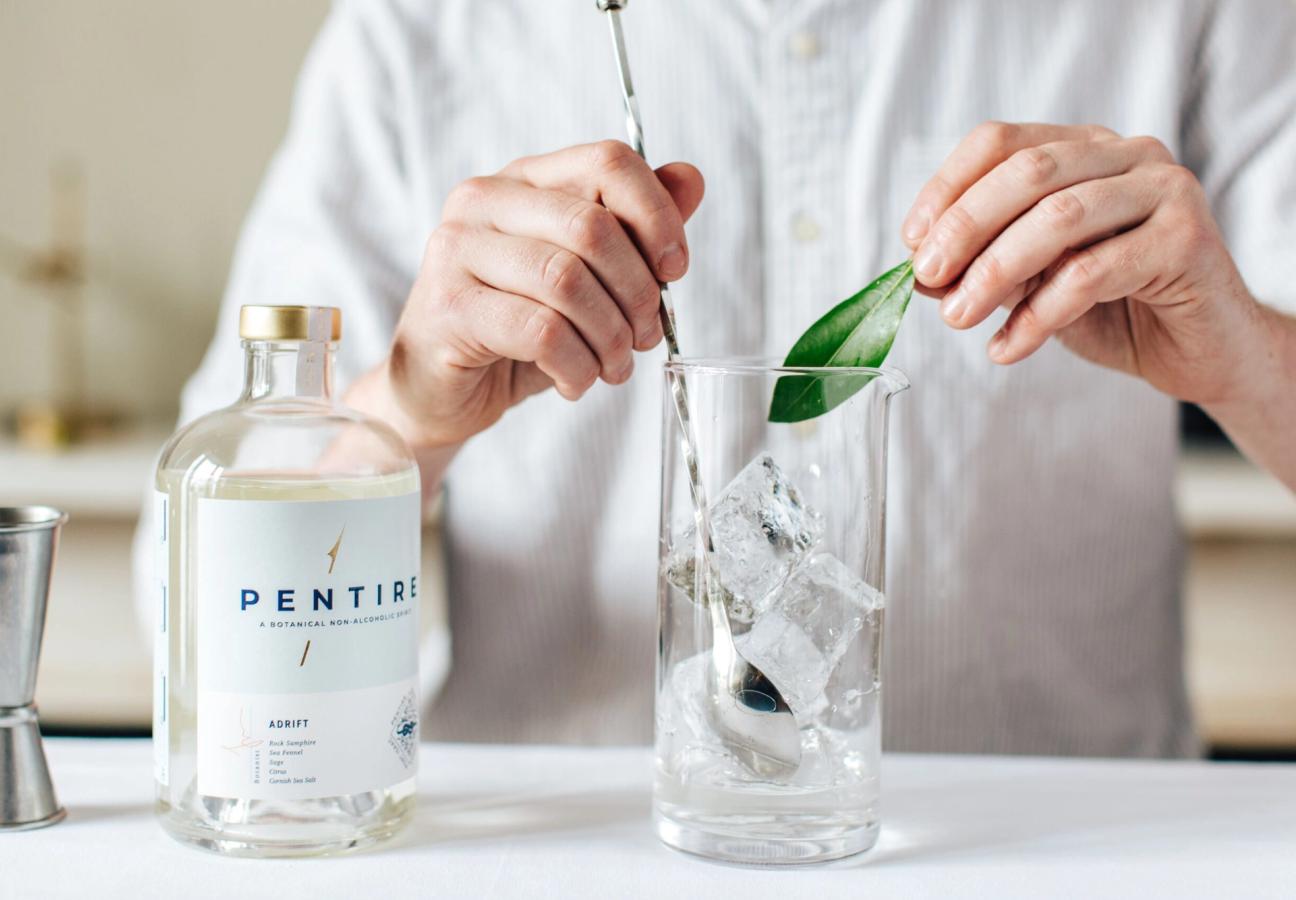
Pentire’s blend draws upon indigenous plants found in north Cornwall’s craggy headlands. “Our spirits are made up of predominantly coastal botanicals, which flourish here due to our local climate, soil PH and air moisture,” says founder Alistair Frost. Adrift’s understated, unfussy list of ingredients include: sage, Cornish sea salt and rock samphire.
One for mixology wonks, it’s difficult to make sense of this genre-less mind-bender whose briny, salty, savoury licks play like ostinatos. Adrift’s rosemary hit, strangely, brings to mind the herby vapours that puff from out of an overstuffed roast. For those after something more recognisable, we’d direct you to the grapefruit-heavy Seaward, which alludes to a Lilt in its twilight years, if you want to look at it a certain way. The blocky, pared-back designs reinforce the stylish appeal.
Everleaf Forest
Bartender and conservation biologist Paul Mathew takes his cues from nature. During the 18-month R&D period it took to create his labour of love, Mathew examined plants, sustainable sourcing, and various techniques, such as extraction (the original product, Forest, contains the likes of orris root and vetiver). To replicate the texture of alcohol – its “unique viscosity is usually missing from non-alcoholic drinks,” says Everleaf – he utilised the likes of acacia tree and seaweeds.
Forest leans towards the sweeter end of the scale, with Madagascan vanilla and orange blossom. Gold like honey, sweet like love, it is has a Proustian effect when padded out with tonic, as the quasi-popcorn fragrance elicits adolescent memories of sticky AMC floors and hours spent ogling Jelly Bean dispensers. The medicinal bite – gentian root? – incinerates any sugary linger. Will that help delay yet another appointment in the dentist’s chair? Perhaps. But perhaps not.
Three Spirit Livener
The UK-based Three Spirit proffers a trio of options that incorporate left-field ingredients and combos: Livener (Amazonian guayusa, cayenne pepper, schisandra berries), the herbal-savoury Social Elixir (lion’s mane mushrooms, coconut vinegar, cacao, passionflower) and Nightcap (valerian root, Hüll melon hops, lemon balm). “We invest a lot of time in formulation and have a team of bartenders, herbalists and plant scientists that help us to ensure that our drinks deliver on flavour, texture, astringency, acidity, density as well as the ability to be mixed into cocktails,” says co-founder Tatiana Mercer.
Livener is punchy: its syrupy hit – which incorporates caffeine – replicates the tingly, buzzy sensation that you’d typically get from a hallucinogenic chew on a Sichuan peppercorn, with watermelon and pomegranate softening the rougher edges. Perhaps the drink that comes closest to recreating the sharp-bitter of alcohol; a few inches of tonic mixer help bump the dial higher. If you’re in a decent mood, you won’t dwell too long over the clubby aesthetic.
Jukes
Oenophile and former wine critic Matthew Jukes spent four years trying to perfect his range of wine-style beverages. Using a 18th-century recipe as a launchpad, he builds his blends around apple cider vinegar, with the aim of creating something that is dry, tart and healthy: “Along with a great perfume, flavour and finish, it was critical for me to ensure that Jukes were very low in calories,” he says. The trio of options – 1, 2 and 6 – which are designed to be diluted, are less than 18 calories per serving. All by-products are edible (skins, husks), and the clean packaging is designed by east-London studio Barber Osgerby.
In principle, Jukes 1 delivers. With forward flavours of peach and pineapple that are anchored by the apple cider vinegar, it alludes to the fizz you’d get with kombucha, which seems to tick the health box. One of the better options on the market, but it isn’t quite a wine alternative, despite what a quick Google might suggest. 2 and 6 are darker and richer forces – and also pleasurable, if you’re into the taste of deep fermentation.
Feragaia
Feragaia (pronounced fer-a-guy-a) is Scotland’s first premium alcohol-free spirit. Okay, it’s not a replacement for whisky — but it’s got the hearty Scotch provenance that’s so important to whisky-drinkers. And the effects are similar; this spirit has a complex but clean taste and a thoroughly warming finish — best enjoyed over ice or with a light tonic.
Feragaia is also distilled, blended and bottled in the far reaches of the Scottish Lowlands, an area governed by centuries of spirit innovation. Amber in colour with a light smokiness also reminiscent of Scotch, it’s the ideal replacement dram.
Read next: The best alcohol free beers
